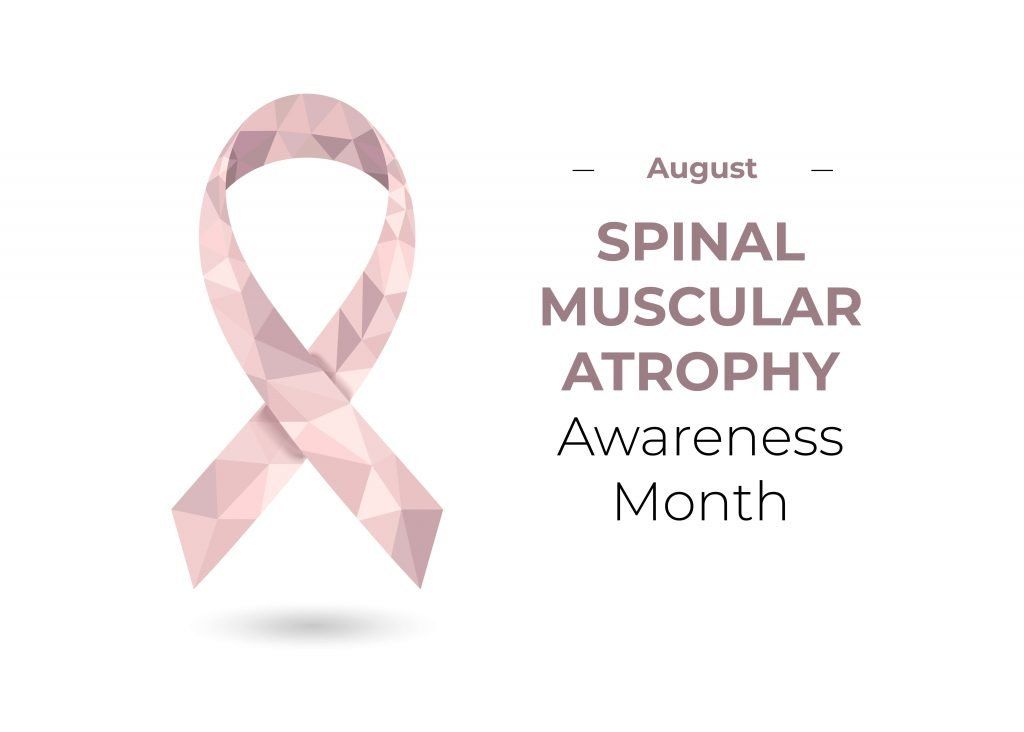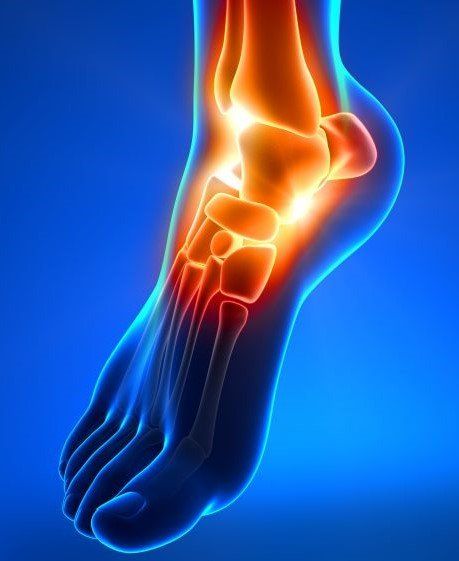Physical Therapist's Guide to Ankle Fracture
Physical Therapist's Guide to Ankle Fracture
An ankle fracture occurs when a bone on 1 or both sides of the ankle is partially or completely broken. Most ankle fractures are caused by twisting injuries and falls, or injuries experienced during sports or play. Under the age of 50, most ankle fractures occur in men. Over the age of 50, women experience more ankle fractures. The type of fracture varies from simple to complex, and can involve 1 or all 3 bones that make up the ankle joint. It is important to seek treatment after an ankle injury to determine if you have a fracture. Physical therapy shares an important role in your treatment and recovery from an ankle fracture, for a return to normal activity.
What is an Ankle Fracture?
An ankle fracture is a completely or partially broken bone on 1 or both sides of the ankle joint. There are several types of ankle fractures, and 1, 2, or 3 bones may be fractured. The classifications based on the number of bones broken are:
- Lateral malleolus fracture. Only the bone on the outside of the ankle, the fibula, is broken.
- Medial malleolus fracture. Only the bone on the inside of the ankle, the tibia, is broken.
- Bi-malleolar fracture. Two bones are broken, the fibula and the tibia.
- Trimalleolar fracture. Three bones are broken, the fibula, tibia, and the posterior malleolus (the tibia at the back of the foot).
The severity of the fracture is classified as:
- Nondisplaced. The pieces of the fractured bone remain lined up.
- Displaced. The 2 parts of the fractured bone do not line up.
- Comminuted . Splinters or multiple small pieces of bone are found at the fracture site.
- Complex Fracture. The soft tissue surrounding the broken bone is severely damaged.
- Compound Fracture. Fracture fragments can pierce the skin.
When a fracture involves several broken bones or the bones do not remain lined up, the fracture is considered to be unstable and requires immediate treatment. A compound fracture also involves a risk of infection
Signs and Symptoms
People who fracture their ankles may experience:
- Immediate, severe pain after a twisting injury or fall.
- A “pop” or “snap” felt or heard at the time of the injury.
- Swelling in the ankle.
- Tenderness or pain in the ankle area.
- Difficulty bearing weight on the ankle when standing, walking.
- Not being able to bear weight on the ankle at all.
- Bruising.
- Pain that increases with activity and improves with rest.
- Inability to put a shoe on due to swelling and pain.
- A bump or deformity that may be seen or felt at the ankle.
How Is It Diagnosed?
If you see your physical therapist after an ankle injury, the physical therapist will ask about your medical history, and how the injury occurred. Your physical therapist will observe your ability to walk and bear weight on the injured side, and gently examine the area to observe any swelling, deformity, and tenderness. Your physical therapist also will examine your foot and lower leg to identify whether other areas may be injured. If a fracture is suspected, your physical therapist will consult with your physician. An x-ray is needed to confirm or rule out an ankle fracture. You may then be referred to an orthopedic physician or emergency room for further treatment.
It is important to have an ankle injury assessed by your physical therapist or medical provider soon after an ankle injury, to distinguish a severe sprain from a broken bone.
If the bone is piercing the skin, immediately go to a hospital emergency room.
How Can a Physical Therapist Help?
Before Surgery
If you see your physical therapist after your injury and an ankle fracture is suspected, your physical therapist will:
- Instruct you in acute injury care using the RICE formula: rest, ice, compression, and elevation.
- Immobilize your ankle by wrapping it with an ace wrap, or applying a stirrup brace to limit motion and control swelling.
- Apply ice to reduce pain and swelling.
- Instruct you to keep the involved ankle elevated to control swelling.
- Instruct you to walk without putting weight on the injured ankle, using crutches or a walker.
- Make recommendations for additional care with an orthopedic physician or emergency department.
If you have an ankle fracture, treatment will depend on how many bones are broken, and if it is a simple, complex, or compound fracture. Initial treatment involves the realigning and stabilizing of the bones by your physician, and is performed in the hospital emergency room or, if needed, with surgery.
After Surgery
If surgery is required, the affected ankle will be placed in a cast or fracture boot to stabilize it following surgery. A physical therapist will visit your hospital room once you are medically stable, to help you get up and out of bed. Your physical therapist will help you sit up on the bedside, and then stand up. You will not be allowed to put any weight on the involved ankle for about 6 to 10 weeks. Your physical therapist will teach you how to walk with the use of an assistive device, such as crutches or a walker. You will also learn how to go up and down steps and curbs using your assistive device.
When an x-ray confirms that the fracture has healed, your physician will remove your cast. Your physical therapist will work with you to safely put weight on your ankle, and begin treatment to help you return to your normal activity.
If You Do Not Require Surgery
A physical therapist can help treat a broken ankle after it has been treated by a physician and immobilized. After the bone is healed, a physical therapist can help you gain back your strength, motion, balance, and sport skills.
After your injured leg is placed in a cast or a cast boot, your physical therapist will teach you how to walk without bearing weight on the injured ankle, using crutches or a walker. Your physical therapist will teach you how to get in and out of bed, and your car. Your physical therapist will provide you with the equipment that best suits your needs.
When healing of the fracture is seen on an x-ray, your physician will remove your cast, and you will begin bearing weight on that leg again, and continue your physical therapy treatment.
Physical therapy treatment will include:
- Walking Instruction. Your physical therapist will help you begin to put some of your weight on the injured leg, gradually progressing to full weight as your physician recommends.
- Gait Training. Your physical therapist will offer specific instruction and exercises to restore a normal walking pattern. The focus will be on how your foot and ankle move, and the timing of your steps. You may practice on a treadmill at low speed, on level ground, and on steps.
- Reducing Swelling. Swelling is common after an ankle fracture. Treatment may include gentle massage, the use of a compression wrap, ice, or heat, and elevating the affected ankle when at rest.
- Exercise. Your physical therapist will design an exercise plan to begin when the cast is removed to help you strengthen and regain motion in your injured ankle. It is important to regain the ability to bend your ankle to restore your full walking ability.
- Restoring Ankle Mobility. Your physical therapist may use manual (hands-on) therapy to gently move your foot and ankle joints and surrounding tissues to reduce stiffness, and increase the ankle's bending range of motion.
- Return to Work/Play Activity. As you regain strength and flexibility, your physical therapist will provide activity training specific to your job, leisure activity, or sport.
Return to full participation in sports and work activities generally occurs 12 to 16 weeks after an ankle fracture.
Note: Physical therapy treatment is different for each person and depends on your type of injury, how you are healing, and whether you had surgery, as well as your age and physical health.
Can this Injury or Condition be Prevented?
Not all ankle fractures can be prevented. However, some precautions may be taken.
To reduce your risk of ankle injury:
- Wear appropriate protective gear when participating in sports.
- Train to reach your top strength and fitness levels.
- Wear proper shoes, and replace athletic shoes regularly.
To reduce your fall risk:
- Remove obstacles and clutter from hallways and rooms in your home.
- Work and play in well-lighted areas.
- Use night lights in the home.
- Install grab bars to tub/shower areas.
- Add railings to both sides of stairways.
- Maintain strength and fitness throughout your life.
MoveForwardPT.com, the official consumer Website of the American Physical Therapy Association,© 2017










